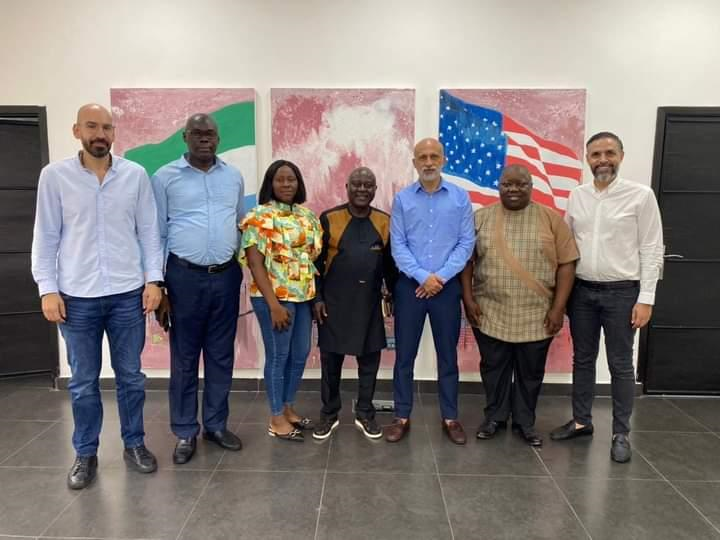Cultural Heritage Conservation: Challenges and Responses
The hostage-taking on 8 September 2009 of Mr Thanasis Lerounis from the
Kalashadur Museum and cultural centre which he had helped to create has
highlighted for many the issues of cultural heritage preservation. Professor
Lerounis, President of the non-governmental organization Greek Volunteers is an outstanding example of a person devoted to safeguarding the rights and heritage of a small minority who carry with them an ancient culture. The Kalasha, most of whom live in three valleys in the Chitral District of Pakistan, number around 4000 people. They are believed by many to be related to the soldiers and merchants of the Asian empire of Alexander. Their religious practices have elements of the 4th century Helenistic faiths. As with all societies, the Kalash people have interacted with their neighbours so that the fire rituals of the Indo-European Vedic faiths play an important role in Kalash practice as does the role of shaman who are the living link between the spirit and the human world.Â
The hostage-takers have taken Lerounis to the Nuristan area of Afghanistan
and are demanding $2 million in cash, the conversion of Lerounis to Islam
and the release of three Pakistan insurgents from jail. The Kalasha
negotiators, who have met the hostage-takers three times have no authority to deal with any of these demands and so for the moment, there has been no progress on the case.
Conserving a cultural heritage is always difficult. Weak institutional
capabilities, lack of appropriate resources and isolation of many culturally
essential sites are compounded by a lack of awareness of the value of
cultural heritage conservation. On the other hand, the dynamism of local
initiatives and community solidarity systems are impressive assets. These forces  should be enlisted, enlarged, and empowered to preserve and protect a heritage. Involving people in cultural heritage conservation both increases the efficiency of cultural heritage conservation and raises awareness of the importance of the past for people facing rapid changes in their environment and values.
Knowledge and understanding of a people?s past can help currentÂ
inhabitants to develop and sustain identity and to appreciate the value of their own culture and heritage. This knowledge and understanding enriches their lives and enables them to manage contemporary problems more successfully. It is important to retain the best of traditional self-reliance and skills of rural life and economies as people adapt to change.
Traditional systems of knowledge are rarely written down: they areÂ
implicit, learnt by practice and example, rarely codified or even articulated by the spoken word. They continue to exist as long as they are useful, as long as they are not supplanted by new techniques. They are far too easilyÂ
lost. It is the objects that come into being through these systems of
knowledge that ultimately become critically important.
Thus, museums, such as the Kalashadur, must become key institutions at the local level. The objects that bear witness to systems of knowledge must
be accessible to those who would visit and learn from them. Culture must be seen in its entirety: how women and men live in the world, how they use it,
preserve it and enjoy it for a better life. Museums allow objects toÂ
speak, to bear witness to past experiences and future possibilities and thus to  reflect on how things are and how things might otherwise be.
Stay with Sierra Express Media, for your trusted place in news!
© 2009, https:. All rights reserved.






